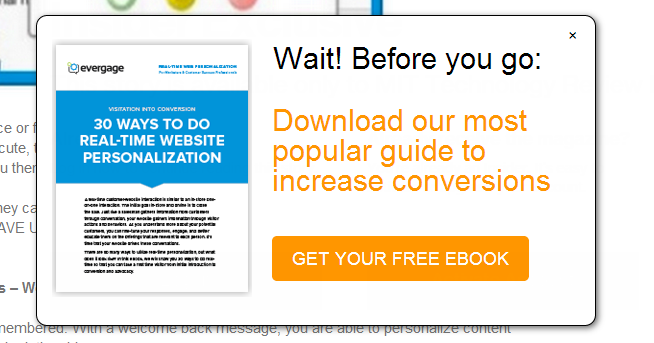Personalisation for Dummies
Personalisation of websites is like standing at the bottom of the Himalayas before embarking on a 3 week trek. Bare foot. It is a big feat that not of lot of sites do or can do well. Its one of those tasks that everyone wants to do but seems so out of reach.
In the past personalisation was all about using email marketing technologies to personalise EDMs. Personalized emails have come and gone, the issue with them is when the user reads them it is generally out of context with what they are doing, they are no longer on your site or in buying mode. New technologies mean you can use real-time behaviour analytics to personalise content whilst the users is browsing your site.
The time has come to take on personalisation or get left behind. It can see increases in conversion by up to 300%. The only way to embark on web personalisation (in my opinion) is do it in phases. Below I have outlined the easiest way to test the personalisation waters.
-
Tell the user you know where they have come from
An important part of personalisation is recognising where the user has come from and showing them you have this information. To get this information you look at the referring source URL or the keyword they used to get there. The closer your site and messaging is with the referring site the more their expectations will be matched.
A case study I found on this was Gardners Supply Company, they were getting a high number of visitors from Pintrest with low conversions. The below banner increased conversions by 6 times.
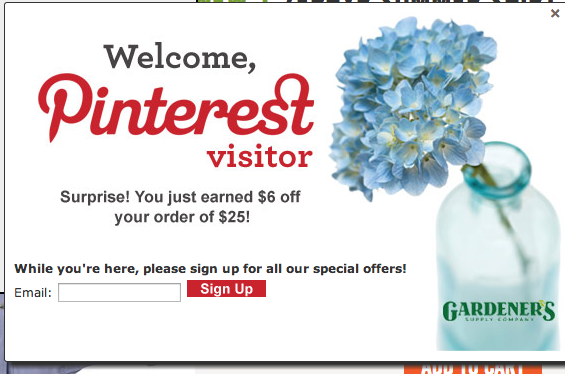
-
Recognising your returning visitors
Returning visitors are the sweet spot on your site. They are already loyal and have a higher chance to convert so you should reward them. Show a banner or an alternative home page as their path to convert will be different. Even offer them a discount that first time users don't get. This is as easy as dropping a cookie when users visit your site. You can even get clever with messaging such as "we haven't seen you here for X days, welcome back".
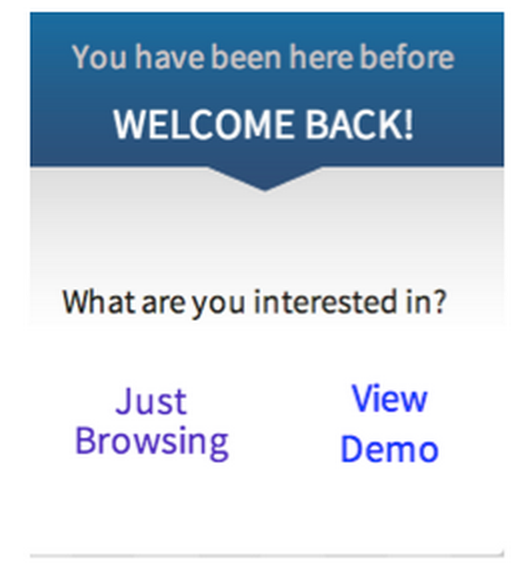
-
Recognise their location
Using GEO IP is the easiest way to see roughly where the user is located. This is generally about 95% accurate. Personalise things such as maps and phone numbers based on area codes of where the user is located.
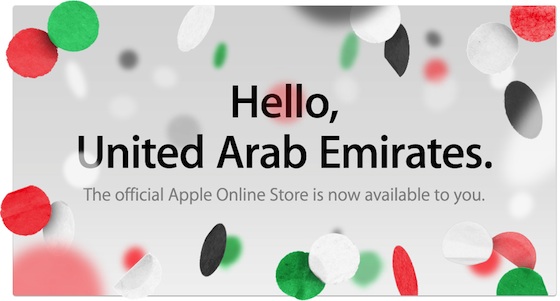
-
Use messaging to get the users attention
Change the messaging depending on what the user is doing. If a customer is on a certain section show them different promo areas. Use banners or pop ups depending on their behaviour or how many pages they have visited.
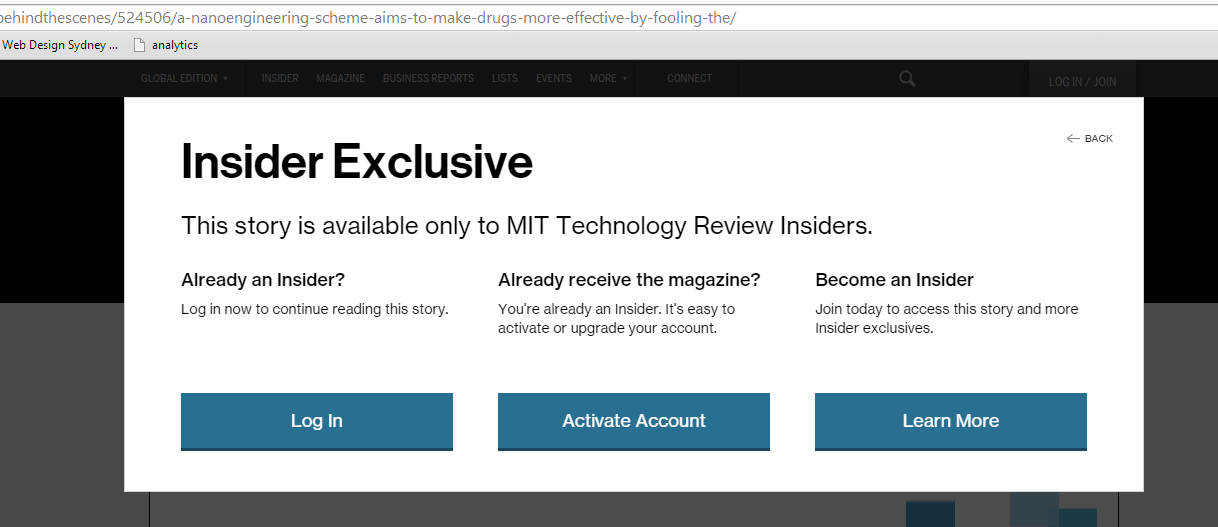
My favourite example of this is when a user goes to use the back button or the address bar show them a messaging encouraging them not to leave. May be a bit spammy but worth a try.
